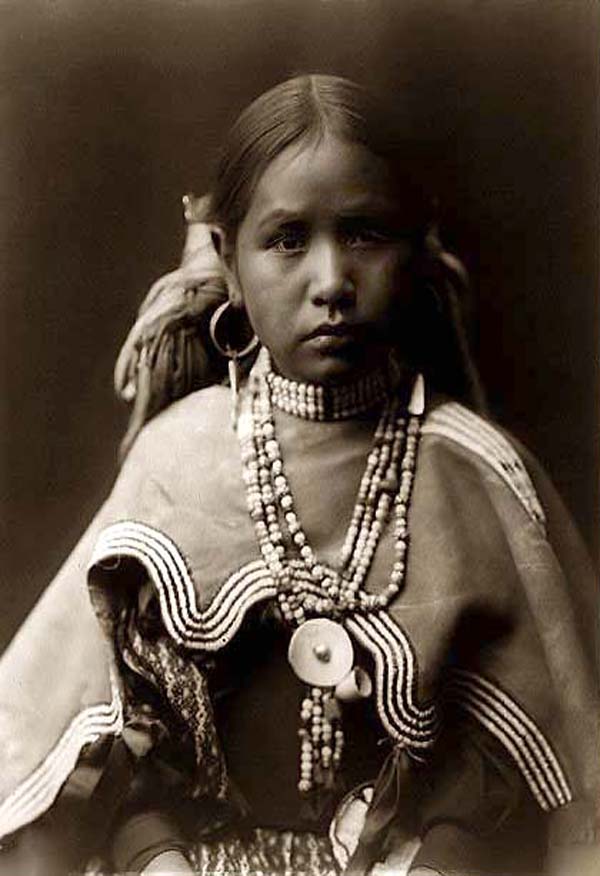The cranberry is native to North America, and for centuries, it was used by  the Native Americans. The Native Americans used the cranberry to make pemmican or dried meats that have been pounded with cranberries. The cranberry naturally contains benzoic acid, which is a known food preservative, and is used in many foods today. So, not only did the cranberry add a little extra flavor to the meats, but it allowed the Natives to keep the food from rotting for a long time. The Native Americans also used the cranberry for other cooking purposes and coloring clothes and blankets.
the Native Americans. The Native Americans used the cranberry to make pemmican or dried meats that have been pounded with cranberries. The cranberry naturally contains benzoic acid, which is a known food preservative, and is used in many foods today. So, not only did the cranberry add a little extra flavor to the meats, but it allowed the Natives to keep the food from rotting for a long time. The Native Americans also used the cranberry for other cooking purposes and coloring clothes and blankets.
The Algonquin people called the cranberry ibimi (ih-bih-mee). This meant “bitter berry.” The Algonquin’s shared this fruit with the European settlers. The Pilgrims became very fond of this berry. They noticed that the pink and white flower on the cranberry shrubs looked a lot like the head of the European crane, and they ended up calling the berry a crane berry. In later years the name was shortened to the common name cranberry.
The pilgrims instated many laws to protect the cranberry. You could not pick any berries from public bogs, and you could only pick berries that were ripe on private property. The cranberry became popular among the English, French, and among voyagers and explorers. At sea, there would be barrels of cranberries for the ship crew to eat, and prevent scurvy (lack of vitamin C).
During the Civil War, General Ulysses S. Grant ordered  cranberries for his union soldiers on Thanksgiving. Since that day, the cranberry has become a Thanksgiving tradition nationwide.
cranberries for his union soldiers on Thanksgiving. Since that day, the cranberry has become a Thanksgiving tradition nationwide.
Today, the cranberry has become a large industry. Wisconsin and Massachusetts have become leading producers of cranberries. Cities hold festivals in honor of the cranberry, families decorate their homes in cranberries, and the berries are served for many holidays. Farmers have acres of cranberry fields. Have a look at Ocean Spray’s website to learn more about farming techniques, facts, and their cranberries!
To learn about the classification of the cranberry, click here.
Copyright Britney Mullenbach – Last updated 4/16/2011
